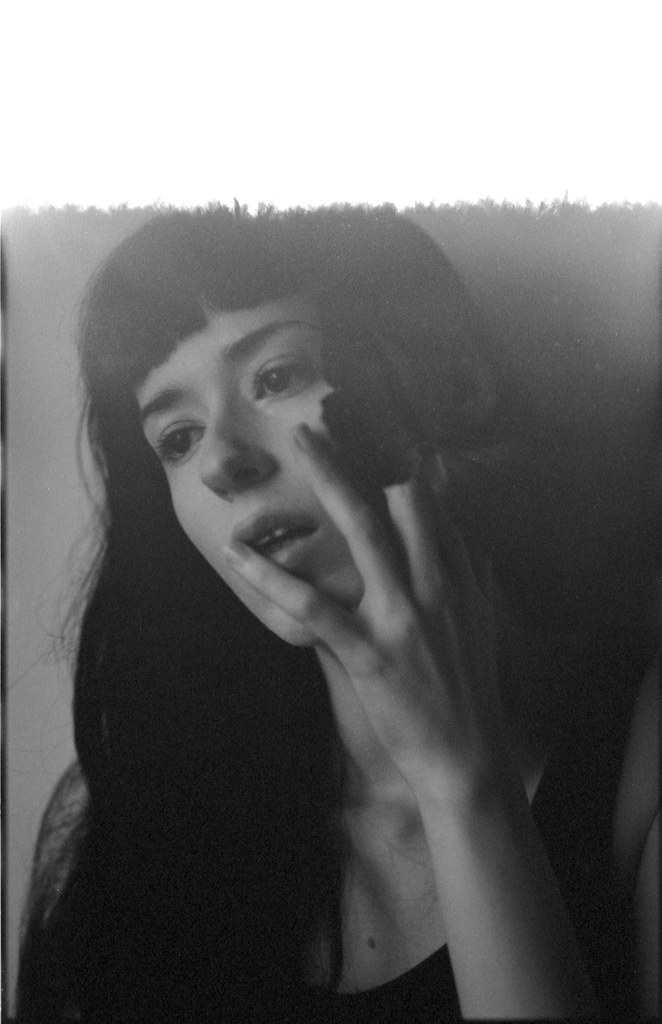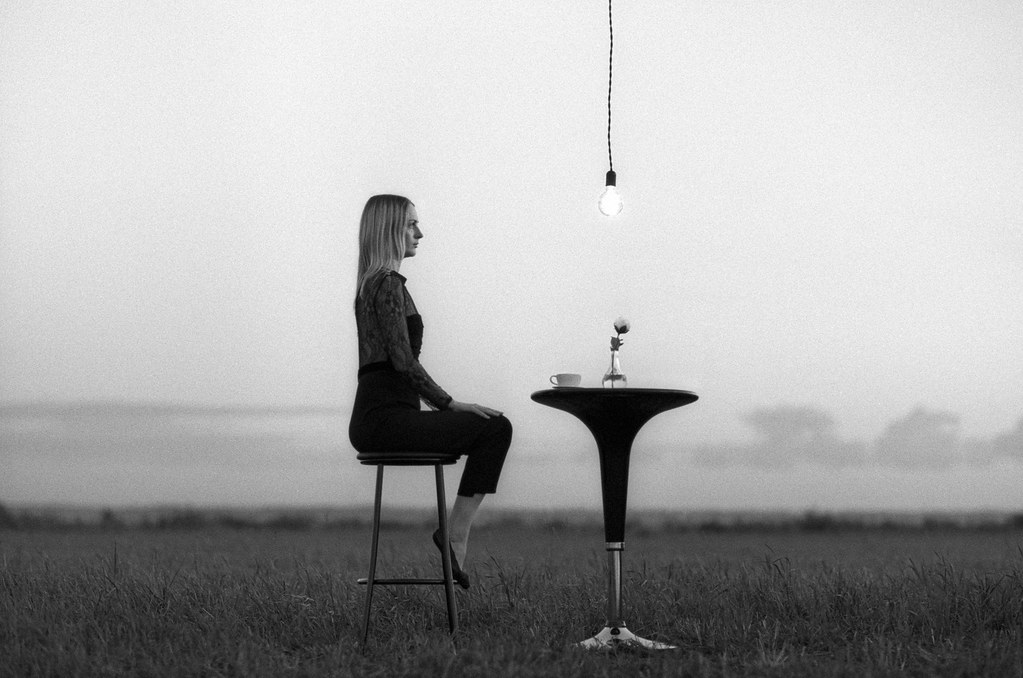#Kodak HC-110
Video
Untitled by Gab Minks
Via Flickr:
I have a Patreon page where you can support my work and have access to content I haven't shared anywhere else before! Link below. Self-portrait Film Developed and scanned at home You can support my work at: Patreon Ko-fi Instagram Website Tumblr
#self-portrait#butterflies#black and white#braid#long hair#portrait#woman#body#soft#dreamy#developed at home#35mm#film#analog#Shanghai 100 @ 400#Kodak HC-110#flickr
13 notes
·
View notes
Video
Untitled by Gab Minks
Via Flickr:
I have a Patreon page where you can support my work and have access to content I haven't shared anywhere else before! Link below. Self-portrait Film Developed and scanned at home You can support my work at: Patreon Ko-fi Instagram Website Tumblr
#35mm#analog#self-portrait#portrait#black and white#developed at home#Shanghai 400#Kodak HC-110#close-up#woman#butterfly#last pose of the roll#flickr
12 notes
·
View notes
Photo
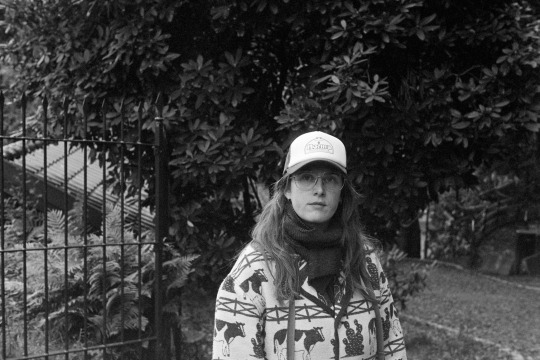
#black and white#photography#analog photography#35 mm#leica m3#elmar 50 mm 2.8#hc-110#kodak eastman double-x
7 notes
·
View notes
Video
They Came From Outer Space by Neil Kesterson
Via Flickr:
A Gumby-like alien casually strolls across the lawn at the Ashland Estate. Kodak Retina II, Ilford Delta 100, HC-110
#B&W#HC-110#Ilfford Delta 100#Ilford#Kodak#Retina#analog#black and white#film#filmisnotdead#filmsnotdead#folder#rangefinder#flickr
2 notes
·
View notes
Video
. by Yakov
1 note
·
View note
Text
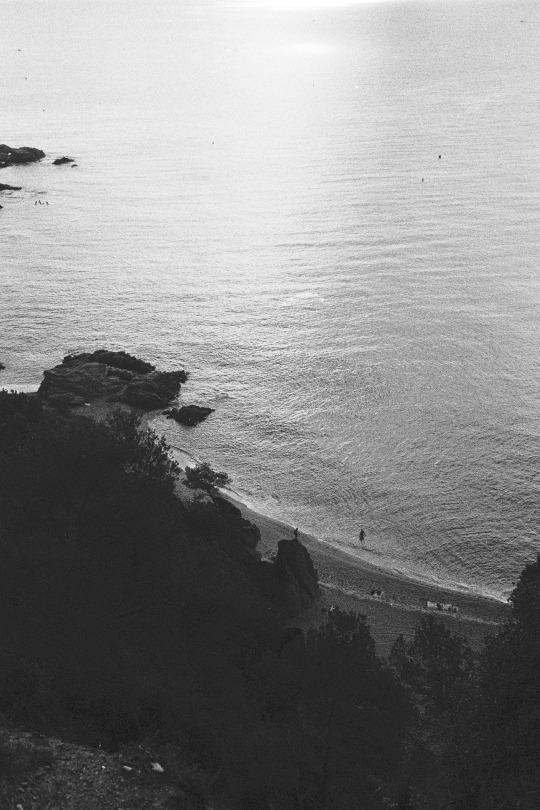
Rollei 35s // Kodak TMax 3200 @400 Expired 2019
Kodak HC 110 (1+31)
120 notes
·
View notes
Text
6/24/22- downtown Pittsburgh
🎞️: lomography potsdam kino 100
📸: Fuji tiara
Developed in Kodak HC-110, dilution H; 7.5 min



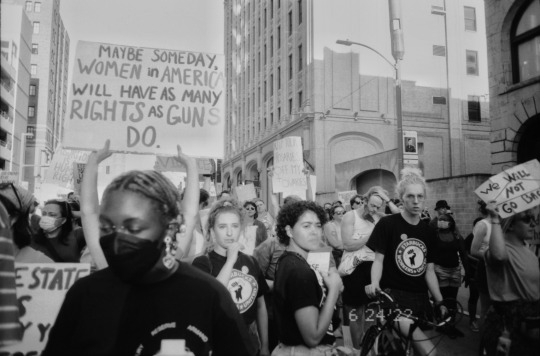






#i am so fucking tired of needing to have these marches#america is a shit show#this shouldn't be happening#just keep fighting#do your best#film photography#35mm#🎞️#abortion rights#roe v wade
12 notes
·
View notes
Video
Open Relationship von Dmitriy Ryabov
Über Flickr:
Canon EF85mm f/1.2L II USM | Kodak T-max 400 Pro | HC-110
#Canon EOS 1v#Canon 1v#Canon#Dmitriy Ryabov#Canon EF85mm f/1.2L II USM#85#BW#monochrome#black and white#Photo#photography#portrait#Film#People#woman#girl#blondie#field#grass#Clouds#table#chair#flickr
2 notes
·
View notes
Photo
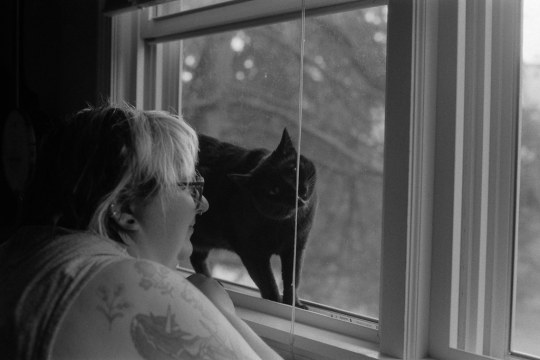
Margaret and Susu Watching the Rain by bellemarematt Nikon FM3A | Nikon AF Nikkor 50mm f/1.4D | Rollei Paul & Reinhold 640 Digitized with Nikon D7200 & AF-S VR Micro-Nikkor 105mm f/2.8G IF-ED | Raleno PLV-S192 | Valoi 360 135 Holder Home developed in Kodak HC-110 1+31 | 9:00/68F | Paterson Tank Negative Lab Pro v2.3.0 | Color Model: B+W | Pre-Sat: 3 | Tone Profile: Linear + Gamma | WB: None | LUT: None https://flic.kr/p/2nA4NLB
2 notes
·
View notes
Text
Photography.
No, really. Not just pictures, but more than can be healthy to know about old film photography.
It has been an obsessive hobby for a while. (*excessive)
[a very long text, but with pictures this time]

A photo taken under a dining room table in 2004.
Hyperfocal and in low light, on sheet film (using a Shenhao HZX45-iia camera, Kodak TMY / 400 ISO film, developed in HC-110 with minimal agitation), large format (mine is 4x5 inches).
The technical challenge was to take a hyperfocal photograph (both foreground and background are in focus, although my scanner could not capture this as well), but under low light.
Hyperfocal photographs require the aperture to be small, but low light usually demands the aperture be wide open (to capture as much light as possible).
It took about a day to research and to make the spreadsheet to calculate for failure of reciprocity (film exposes exponentially [I think exponentially] more slowly over the time of the exposure). It took four and a half hours to take the photograph (cats and people walked through, but not slowly enough to be captured). I placed the camera, then increased the light until the needle on the light meter just twitched, and I had to calculate from there, since it was not even on the dial when it twitched.
Developing with minimal agitation is a trick I picked up from reading about Ansel Adams, and it is not supposed to work well with modern film, but it takes a little longer to develop. Minimal agitation takes advantage of the developer to widen the tonal range - kind of like HDR, except in the development of a single negative. The developer exhausts itself in bright (or is it dark, I forget) areas of the film, but continues to work on the less exhausted areas.
(I do not have the space or the money for a large format enlarger, so my prints are either direct contact, or digitally scanned.)
--
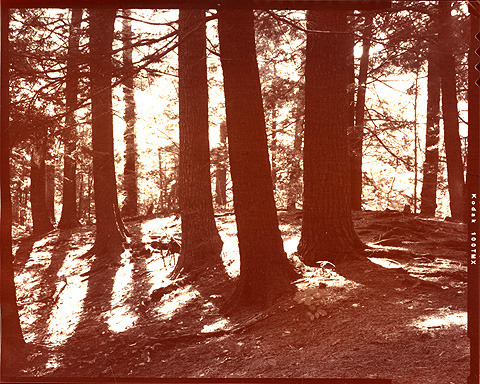
Hemlock tree trunks (2003)
This is an abumen print, from a 100 ISO negative (Kodak TMX as marked on the right edge, also using the Shenhao HZX-iia), also developed using HC-110 (it is safe around cats) (and incompetent amatures like me) and minimal agitation.
I snagged a boxful of premade abumen printing paper from Chicago Abumen Works before they stopped selling. I could make my own, but that will not be needed for a while. I have used Van Dyke solution, but the results are less impressive than this. Most of the photos I print are on albumen or cyanotype (using the premade kind that they sell for sun prints in craft stores).
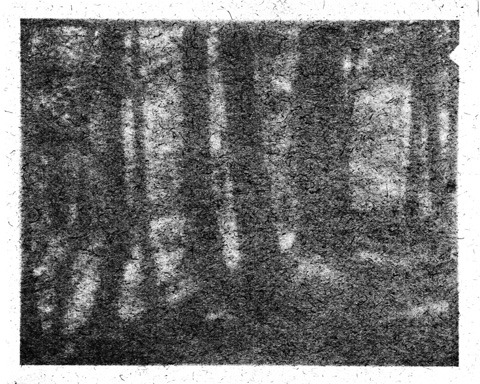
The same hemlock trunks, printed using a different method.
This was printed, over a month, on a green file folder that I noticed would fade in the sun. The actual folder does not appear to have printed, but I was able to "find" it in photoshop. It did print, but the contrast is so minimal that "developing" also drew out the individual grains of the file folder. I direct copied the original negative, because I did not want to expose the original to the abuse of sitting in a sunny window for a month (which is why the notching is different - in the upper end of the right edge, there are notches to help identify the film and its orientation in a darkroom).
Albumen and cyanotype also use sunlight for printing, so this was not far removed from my usual alt-photography methods.
--
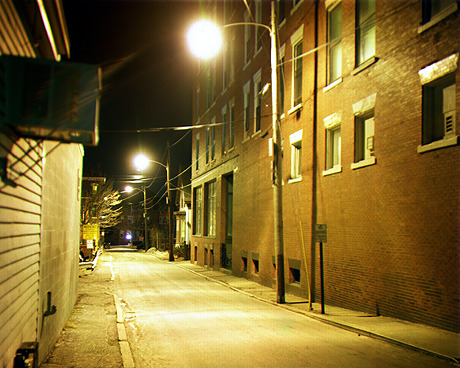
A side-street at night (January 2004).
This does not appear to be a great technical challenge, until I add that it was shot on black and white film (Kodak TMX / 100 ISO).
This process involves shooting three sheets of film, each with a different color filter. When the process was originally developed, it would probably have been gum printed, but I was unsuccessful with this process. My "printing" process was to assemble the three images as color channels in Photoshop.
Being a night photo, but less hyperfocal than the one under the table, the film had to be exposed for about five minutes. In January. I was keeping the unexposed film carriers in my jacket to keep them warm, but this meant opening my jacket to the stiff wind that was blowing up the street at me. I was approaching hypothermic before I was done, but a shady looking man started talking with me and saying that my camera looked expensive, so I walked toward the center of town when I finished, to be sure I was not being followed (the shortest route home is the one in the photograph, but the streets are more darker much quickly).
--
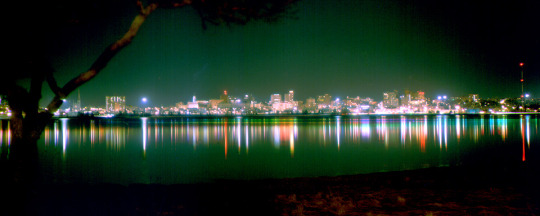
Yet another color photo taken on black and white film. In this one, if you can zoom in on individual buildings, you can see where lights were turned on or off over the twenty minutes or so it took to take the three sheets of film with different color filters. You can also see where the tide was going out, by the color changes. The cyan color reflected nearer the far shore corresponds to the red filter (I always go RGB, so I will be less likely to get confused about which filter comes next in the middle - which is the only reason I know the tide was going out). RGB is the inverse of CMY(K is usually included in the set, but BW film answers for that), so a red filter produces a cyan negative, green produces magenta, and blue produces yellow. (If you have wondered, the red-yellow-blue set is reflective color, red-green-blue is additive, and cymk is subtractive - color is way too complicated.)
--

An ant war (2004)
My pictures were horrendously shuffled about by a backup program, so I cannot locate the companion image for this one. Because they are unwilling to sit for a long exposure, I had to throw enough light onto the scene to capture this one quickly. Fortunately, it was in my back yard, so I brought out a large mirror to reflect the sun.
Understand that these are tiny ants, only a few millimeters long. If I could find the companion detail, I could show that the TMX (100 ISO) negative captures the rectangular mirror reflected off the gaster (the ants butt) of several ants.
I originally started with large format, and low-speed, film because I intended to write a plant identification guide for a local hiking trail. The photographs in the guides I had were not very good - they would describe hairs on a stem that the photographs did not capture.
4x5 (four inches by five inches) cameras are about a large as I would care to carry into the wilderness with me, and low-speed film has the smallest grain, which produces higher resolution images. Unsurprisingly, the film I use (or did use, I have not done much with it for years, as the dates on these pictures may show) was still used for scientific images until recently.
--

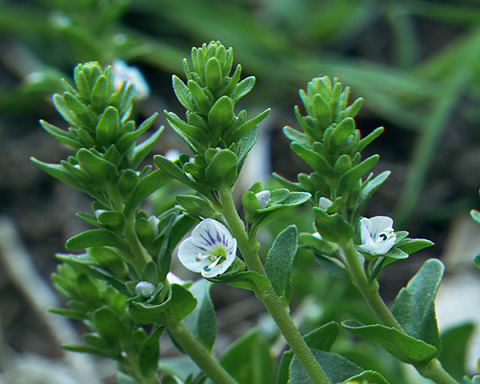
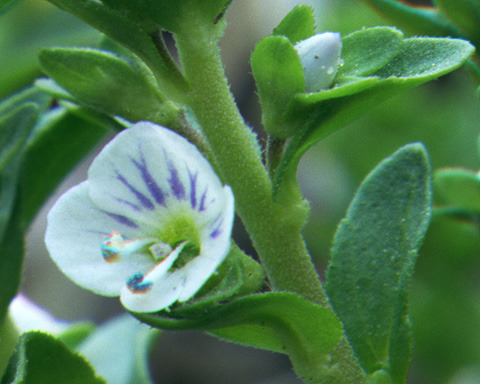
Little white flowers (2004)
Another color image taken on black and white film. But this one shows the strength of large format 100 ISO film that captured my interest. Look at the detail in the detail photo at the bottom. I would not call this stem hairy, but look at the individual hairs.
Also, notice that the stamen were wilting over the course of three photographs, through the color changes as they drooped. This was taken on an overcast day, but still bright enough that it was within the film's speed. It does take time to change the film cartridges, however.
Insert the film cartridge. Remove the dark slide. Snap the photograph. Return the dark slide. Remove the film cartridge. Then repeat this twice more for one color image. Each individual photograph is on its own sheet of film, each in its own film cartridge (although I do use double sided cartridges, the process is the same for each side).
--
And finally, my baby (or the same model, HZX45-iia, since I cannot find my pictures anymore):
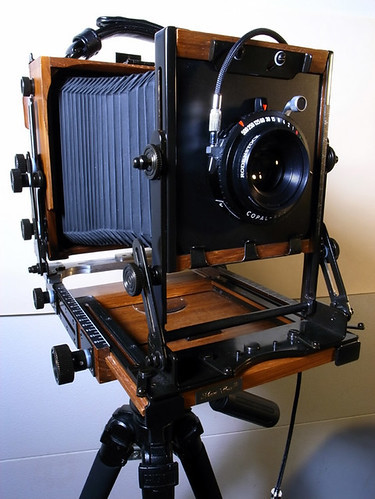
The description I first read of this camera said that "it folds up neatly, like a Hello Kitty lunchbox." It does fold down into a nice little box, but I keep it in a rugged case just to be safe. The perspective of this photo is misleading - the front is smaller than the back and the bellows taper accordingly (or accordianingly).
If you have ever wondered, the bellows allow the focal length, and the focal circle, to be changed. Every photograph in this post was taken with the same lens, which came with my first LF camera (a studio camera that does not fold up neatly, and bears no resemblance to a Hello Kitty lunchbox). I think it is a 150mm, but do not quote me on that. It is the standard for 4x5, whatever it is. I grew so attached to the versatility of a bellows that I got one for my DSLR (also no valid Hello Kitty lunchbox comparison, disappointingly).
A friend was in China on business in 2004, so was able to get the camera for half-price, or I would never have been able to afford this foolish hobby. It took much longer to assemble the darkroom equipment, and even that relied on close-out stock from camera stores that were going out of business.
2004 was also when I first had ocular migraines. Which is why my photography fell off. I hope to start up again, now that the medication is helping.
1 note
·
View note
Photo

#black and white#photography#analog photography#35 mm#leica m3#elmar 50 mm 2.8#hc-110#kodak eastman double-x
5 notes
·
View notes
Video
Recycle in 18 Years! by Neil Kesterson
Via Flickr:
Kodak Retina II, Ilford Delta 100, HC-110
#B&W#HC-110#Ilfford Delta 100#Ilford#Kodak#Retina#analog#black and white#film#filmisnotdead#filmsnotdead#folder#rangefinder#flickr
1 note
·
View note
Video
Steddy by 4foot2
Via Flickr:
Brighton Asahi Pentax Spotmatic sp, Super Takumar 1:1.8/55 lens and Kodak double X @400 iso, developed in Kodak HC-110 dilution B for 6 1/2 minutes at 20C.
#Brighton#seaside#sea front#sea water#sea#promenade#seat#candid portrate#candid#reportage photography#reportage#people#people watching#People of Brighton#interesting people#gull#bird#steddy#Graffiti#graff#tag#street photo#street shot#Street#street photography#analogue#film#film photography#35 mm film#35mm
3 notes
·
View notes
Text
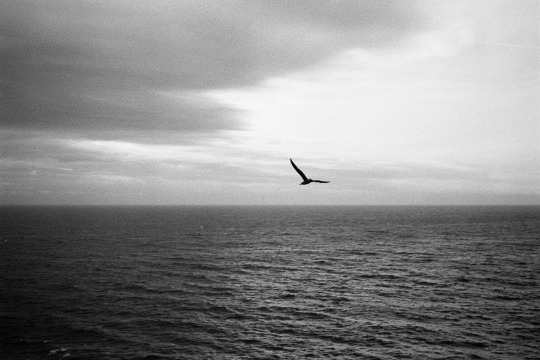
Leica M6 // Ilford FP4 +1
Kodak HC 110 (1+31)
#film photography#original photographers#35mm#black and white photography#analog photography#film is not dead
34 notes
·
View notes
Text

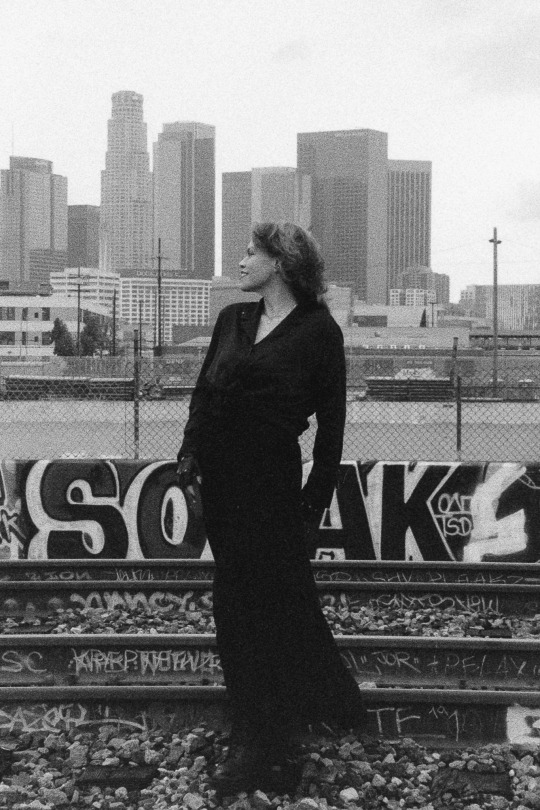

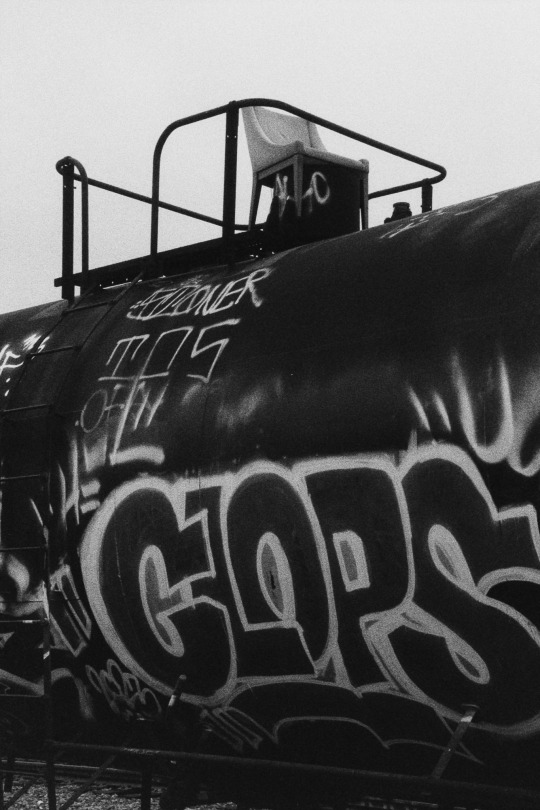






The day I met Adilene & F.Street dudes walking on the Train Tracks in the rain shooting Ilford Delta 3200 on my Nikon F5 Nikkor 24-80mm f2.8-4 D w/Yellow Filter Developed in Kodak HC-110 15min
1 note
·
View note
Text
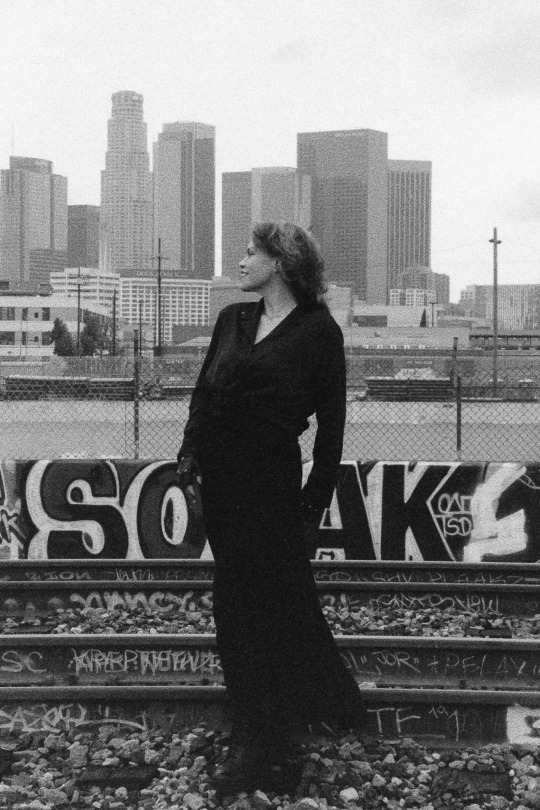




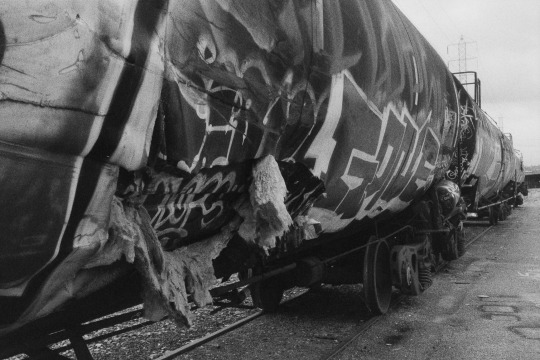


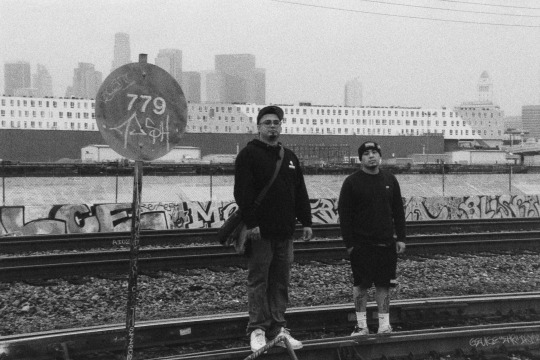

I met Adilene & F.Street Hero Walking along The Train Tracks in DTLA. Shooting Ilford Delta 3200 Pro in the rain at box speed on my Nikon F5 NIKKOR 24-85 f2.8-4 D with Yellow filter. developed 15min in Kodak HC-110 scanned with Fujifilm XE3 60mm Macro lens and Negative Supply film holder and converted negatives with Lightroom/Negative Lab Pro.
0 notes

